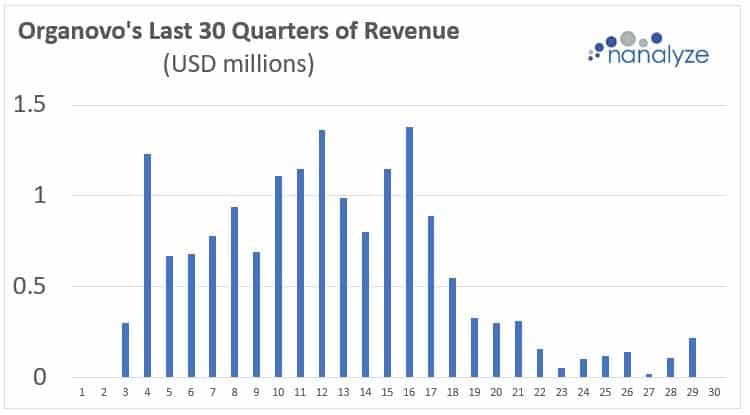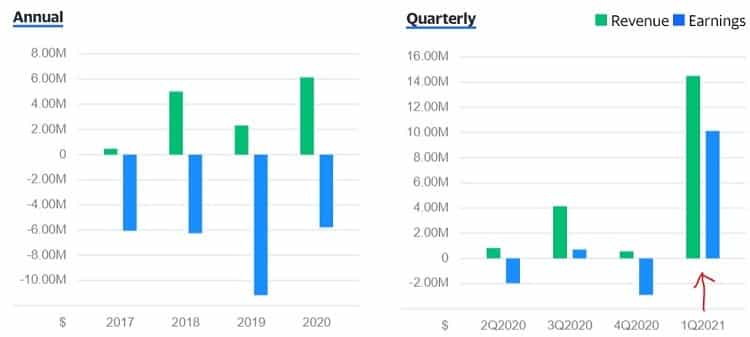


Become a premium member and get access to hunderds of premium articles, reports and additional content.
Nanalyze Premium is your comprehensive guide to investing in disruptive technologies. Read by the top investment banks, management consultancies, VCs, and research houses. Trusted by over 100,000 institutional and retail investors. Covering disruptive technologies for over 18 years.





